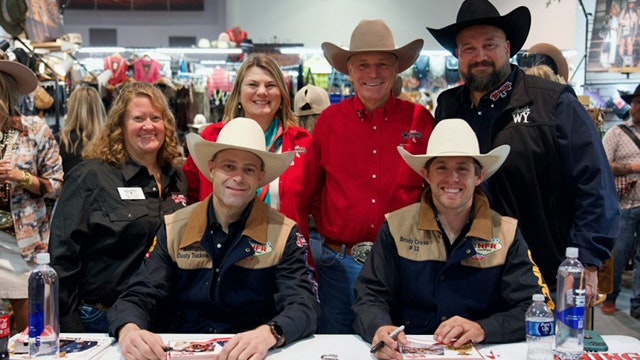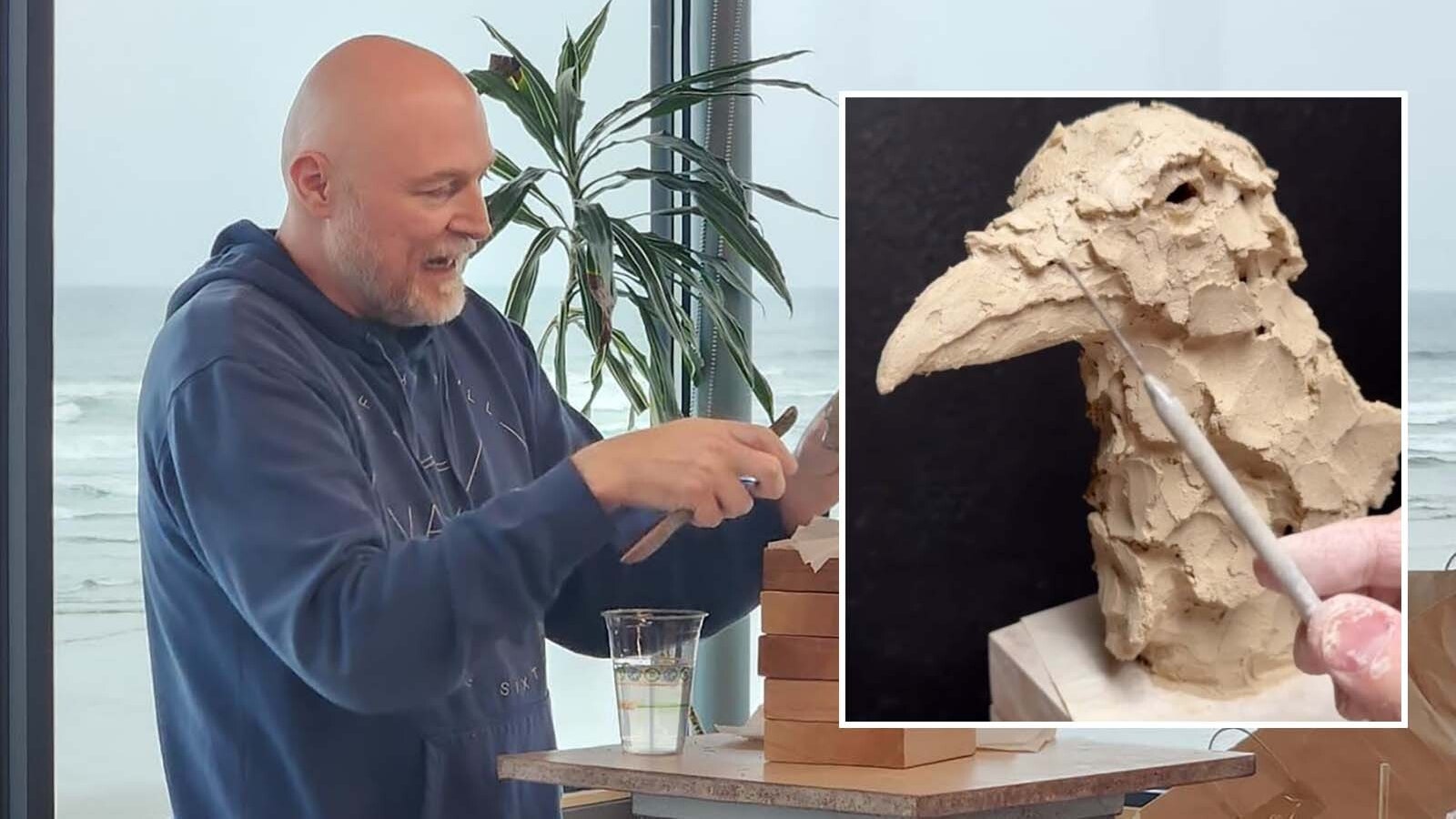A penny has plenty of uses.
It can arbitrate disputes with a flip, add shine to DIY art projects and keep fingernails clean when scratching a lotto ticket. But when it comes to commerce, it’s become so useless that even life-long cent collectors have begun cutting losses.
“I've thrown pennies in the trash. Sometimes they’re in horrible condition. They’ve been out in the rain or buried in the dirt or corroded, or they're just damn ugly,” Dan Norris, owner of D&J Coins in Sheridan, told Cowboy State Daily. “I could take it to the bank and redeem it – but they’re pennies.”
Norris was expressing one side of the divided response to the president's February executive order to stop minting new pennies. The logic behind that move is simple: with a minting expense over three-and-half-times its face value, the cent is in the red.
Ironically, the order catalyzed a craze for the latest batch of cents. The penny, it appears, is like a dead-beat ex-boyfriend. You can’t wait to get rid of him, until it sets in that he’s actually gone.
“The resale price of a 2025 Lincoln cent has been averaging about 25 to 50 times its face value,” Takumi Veley, coin and currency expert for the popular online platform Resell Calendar, told Cowboy State Daily.
One person has so far resold 462 new penny rolls for an average of $16 each, more than 30X face value, said Veley. It’s a tidy profit, but it does require leg work, because financial institutions do not accommodate requests for year-specific currency.
The 2025 Lincoln penny rolls distributed to banks have been integrated with existing inventories. Resellers therefore typically purchase a $100 box of rolled pennies and cross their fingers.
“That box contains 50 rolls, and one of them, or 20 of them, 40 of them, or even all of them could be from 2025. It's a total draw. People all over the country are going into their local banks, and it's pretty much a lottery to find these roles,” said Veley, explaining that roles are currently selling on Ebay for between $15 and $20.
For those paying over face value are also playing a lotto of sorts. Treasury has not yet released a mintage report regarding the number of 2025 cents so far made, or whether penny production has actually halted.
“It could go both ways. They could reinstate the penny and then some people get stuck holding the bag. Or they do stop and we discover the number of minted coins is even less than expected, which drives the price up more,” Veley said. “The information is super frothy, and I think that's adding to the hype.”
Cowboy State Daily contacted a dozen Wyoming banks for this story. Some declined to comment. Some said they’d seen no uptick in penny customers. One said they had no pennies to give.
“We stopped offering change at all about five years ago. It just makes everything easier,” said a teller from WyHy Federal Credit Union.

Coin Dealers React
In Wyoming, businesses and banks weighed in on the initial order with mixed reactions. But there’s another group with thoughts on the matter – coin collectors and dealers – whose perspective goes beyond economics.
Some are standing with the penny; others are ready to throw in the towel. Yet coin dealers uniformly agree the moment is prompting a deep reflection on the personal and philosophical meaning of our nation’s most humble denomination.
Keep Money Tangible
David Brockman, owner of the Coin Shop in Cheyenne, said his life as collector began in the 1970s when as a preteen he pinched new pennies in order to buy old ones.
“I remember saving up my allowance for a long time so I could buy a $24 penny to put in my book because I needed that one penny,” he said, referring to his coin collector folder. “That was a lot of money for a kid back then.”
A lifetime with coins has instilled Brockman with a reverence for tangible currency, and he opposes the discontinuation of cent mintage because he sees hard currency as both practically and psychologically important.
“I see it as part of the push to make everything digital, which is the worst thing to my mind because it makes the connection [between labor and money] seem less real,” he said. “I think we need to connect with it so we can realize, ‘Hey, there was a lot of sweat and blisters for me to get these three Benjamin Franklins in my hand. How do I want to spend them?’”
He is having a tough time accepting that his own progeny use Apple Pay.
He also worries that the discontinuation of pennies will incrementally bilk consumers.
“I think they're trying to rip me off for an extra four cents every time my bill at the restaurant comes to $27.01. Four cents ain't a big deal unless you add it up per person, per purchase nationwide, then we're talking millions, if not tens of millions of dollars’ worth of pennies that you're basically being stolen from you.”
It’s not clear how the U.S. government would restructure cash transactions, but it will likely resemble the rounding procedures implemented in Canada, which eliminated their penny in 2012. In this case, transactions that end with 1 or 2 cents are rounded down to the nearest 10 cents, while those ending in 3 or 4 cents are rounded up to the nearest 5 cents.
Of course, Americans are already losing money on pennies. In 2024, the Treasury lost $85 million by minting billions of new cents. Similarly, they lost tens-of-millions making nickels. Yet it is also true that the Treasury earns money when minting dimes, quarters and half-dollars.
“That’s the part of the story they don’t want you to focus on,” Brockman said.
Coins For Cash
The U.S. government may lose money minting cents, but coin dealers are still flipping penny profits.
Justin Roth, owner of Green River Bullion & Coins, was turned on to collecting by a junior high teacher at an after school coin club, where he got the idea for a penny venture.
When learning that collectible coins were priced upon rarity and condition, he went searching for a specific penny, a Denver-minted cent from the year 1960. That year, the mint messed up and double struck a batch of wheat pennies, which produced a dual image of the date on the heads side. It was a rare mintage that he knew would be of interest to collectors.
On Ebay he bought unopened bankrolls dated from that year. Among the spoils were 10 of the pennies he sought.
“I was able to sell them for $100 per penny. That was probably the coolest thing for me back then,” he said.
For collectors, it’s all about the key dates.
One example is the 1909-S VDB Lincoln cent. The inclusion of the designer's initials led to a controversy that limited their production, according to collectors interviewed for this story.
That penny today goes for between $700 on the low end to upwards of tens-of-thousands for a pristine red specimen. Roth recently sold one for a couple thousand dollars.
Then there’s the 1922-D Lincoln cent. Not only was Denver the only mint to make new cents that year, it also implemented over-polished dies resulting in weakened or missing mintmarks.
In theory, the 2025 cent could become a key date. Some collectors are already betting on it.

Connection To History Is Real Purpose
Only time will tell if 2025 becomes a key date coin. But as speculators look to the future, Wyoming coin collectors say the moment has compelled them to look toward the past.
Norris of D&J Coins reflects on his teenage years when he’d leave the local bank each weekend with drooping pockets heavy with penny rolls. He remembers the satisfying feeling of pushing each next collectible cent into its round slot in his blue Whitman coin folder.
“Most people don't look at the profit motive. They've got a desire to have ownership of something historical,” he said. “The fun part of it is just doing the research about where this came from and why it came into existence in the first place. Understanding why it's rare now and what replaced it.”
For Brockman of Cheyenne’s Coin Shop, collecting was a family tradition. His grandfather in the 1930's got started by bargaining with local vending machine operators to sort through their change in search of rare coins.
One of Brockman’s proudest memories was the time he and his mother squirreled away the money needed to buy his father the one remaining penny to complete his coin album, the 1909 Lincoln penny from the San Francisco Mint.
One of his worst memories is when he learned that his father had been murdered during an armed robbery at the very counter Brockman stood at while speaking with Cowboy State Daily.
Roth of Green River Bullion & Coins said the moment also has him thinking about what drew him to the world of coin collection.
“I've been doing this for almost 30 years, and anytime a penny or any rare collectible coin comes into the store, it's exciting to think about the history, who may have held it, where it's been from 1909 until now and if it could tell a story what it would be.”
Yet for some, coins are currency, plain and simple.
In the early 20th century, a teller working at a local Green River bank got in the habit of buying unique coins out of the till whenever they came through. Over the course of 40 years in that job, she amassed an impressive array of collectible coins.
Decades after her passing, her two sons found the collection and brought it to Roth.
“There was all kinds of old paper money, fractional currency, coins, just a variety of stuff. It was one of the most unique collections that I'd ever bought,” he said.
They didn’t share his enthusiasm.
“They didn't seem super excited about it,” he said. “They were a lot more excited about the money I paid them than the actual coins. They got a big payday.”
Zakary Sonntag can be reached at zakary@cowboystatedaily.com.





